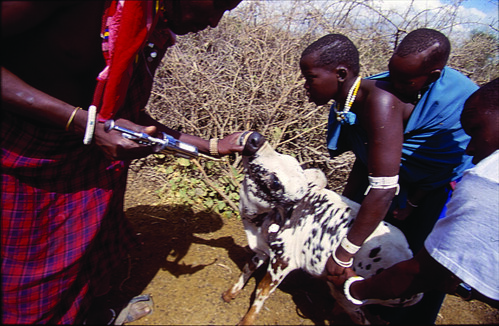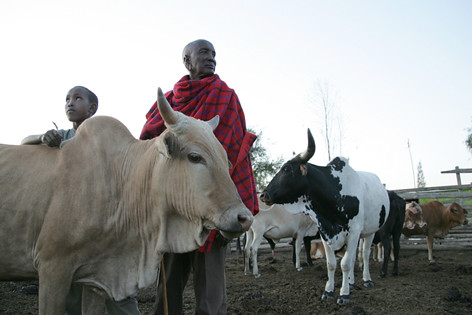ILRI is working with insurance companies to train livestock herders in Kenya’s northern drylands in the benefits and costs of a new index-based livestock insurance first made available in Marsabit District in 2010 (photo credit: ILRI/Mude).
On the second day of a ‘Future of Pastoralism in Africa’ Conference, being held this week (21–23 March 2011) in Addis Ababa at the campus of the International Livestock Research Institute (ILRI), a panel session focused on new approaches for strengthening pastoralist livelihoods and social protection.
With decades of food aid delivery having demonstrably failed to significantly improve the livelihood prospects of Africa’s poorer pastoralists, aid agencies and governments alike are rethinking their approaches to ways of delivering aid to pastoralists. But do safety net schemes serve as life-savers or do they lock destitute pastoralists into unsustainable livelihoods? Should donors and governments help destitute pastoralists exit pastoral livelihoods? Should they help provide livestock insurance schemes?
Andrew Mude, an ILRI scientist, spoke about an index-based livestock insurance innovation that has been instituted, in partnership with UAP Insurance and Equity Bank, for pastoral herders in Marsabit District, in northern Kenya’s great drylands. This is the first insurance ever offered the Samburu, Gabra, Rendille, Borana, Turkana and other traditional herders here, who cope with variable weather by traditionally moving their stock to find new grazing when the grass in a given area is finished.
The risk covered by this insurance is periodic drought that dries up the natural rangeland vegetation, which supplies most of the feed for the pastoral cattle, sheep, goats and camels of the region, leading to many livestock deaths. Insurance payouts are made, to those who have bought annual insurance contracts, when the available forage in Marsabit District in that year drops below a level at which more than 15 per cent of the livestock would be expected to perish from starvation.
Before the ILRI team could convince commercial companies that this is a viable product, they had to convince the prospective pastoralist clients of that. So ILRI researchers invented insurance games that help livestock herders understand what the insurance covers, and what it does not, and when insurance payouts will be made, and when they will not.
Asked whether livestock insurance isn’t just another popular idea likely to fail, Mude said, ‘I wouldn’t stake my professional reputation on index livestock insurance working, but I would stake my reputation on the processes we are using to monitor the effectiveness and impacts of this new product. In fact, my team has put a “pause” on expanding livestock insurance in Kenya while we see how it goes, although we are introducing livestock insurance in Ethiopia so as to see how it does here, under different conditions.’
In the meantime, Mude’s team is monitoring the effectiveness and impacts of livestock insurance in Marsabit by following 900 households, which they first interviewed in 2009 and then again last year; they’ll continue to monitor these households over the next four years to determine if the product should be made more widely available.
The next expert to speak was Stephen Devereux, who leads a pilot Hunger Safety Net Program providing cash transfers to the people in northern Kenya’s chronically food insecure areas of Mandera, Marsabit, Turkana, Wajir districts. The payments are designed to meet basic subsistence needs. The program uses the local private sector—banks and shops—to deliver the cash to the local people.
The Hunger Safety Net Program aims to provide social assistance, insurance and justice. The first thing Devereux’s team had to consider was whether the program’s social protection should address poverty or vulnerability. The conventional way to define poverty is lack of resources, while vulnerability is characterized by uninsured risk and marginalization is a matter of lacking a voice in decision-making.
The rates of both poverty and hunger in these districts are high. Only the rich eat three times a day. Middle-income families eat just twice a day, the poor only once a day, and the very poor sometimes do not eat at all in 24 hours.
Food aid is the conventional response to prolonged drought in these as well as other pastoral areas. But food aid is not enough, and tends to be diluted through sharing. The nutritional status of children in drought-afflicted districts, moreover, was found to be alarming in 2006, for example, a full year following a drought and despite massive injections of food aid.
Among the design challenges of this social assistance is how to best target those to receive this aid: are women, for example, more responsible as well as more vulnerable? Conflicts occurring between pastoralist communities in this region are a great problem, and the food price crisis is also hurting the efficacy of this program, which can no longer provide sufficient cash to maintain adequate nutritional levels. Another worry is that the program may be trapping people in unviable livelihoods while they wait to receive benefits (some families might be better off exiting pastoralism altogether).
Complementary interventions—so-called ‘cash plus’ systems—are needed to help build resilience in these communities, said Devereux. ‘A useful integrated approach would combine cash payments with services such as livestock insurance, as is being done by ILRI and its partners in Marsabit.’
For more information, see previous postings on the ILRI News Blog:
The future of pastoralism in Africa debated in Addis: Irreversible decline or vibrant future?, 21 March 2011.
Climate change impacts on pastoralists in the Horn: Transforming the ‘crisis narrative’, 22 March 2011.
Or visit the Future Agricultures Consortium website conference page or blog.

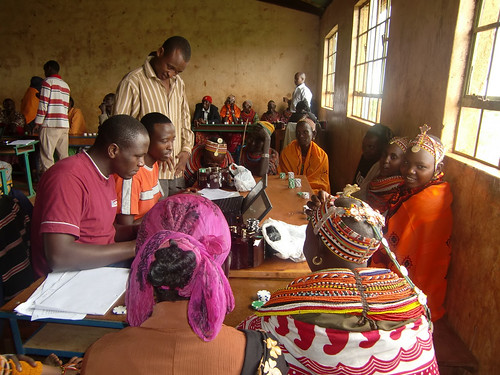
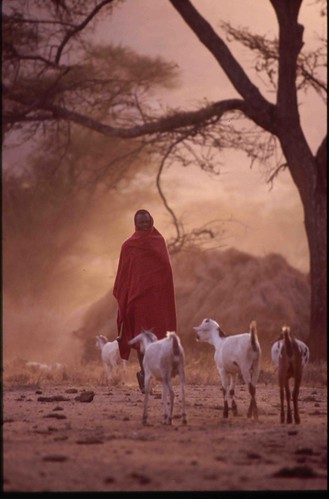
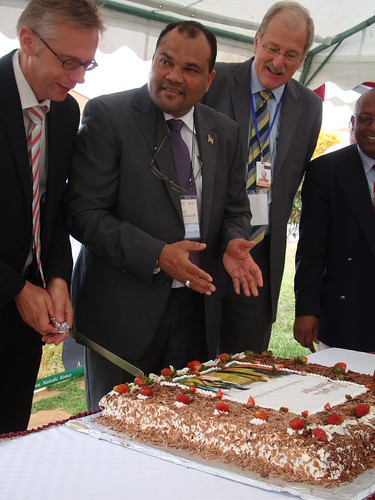
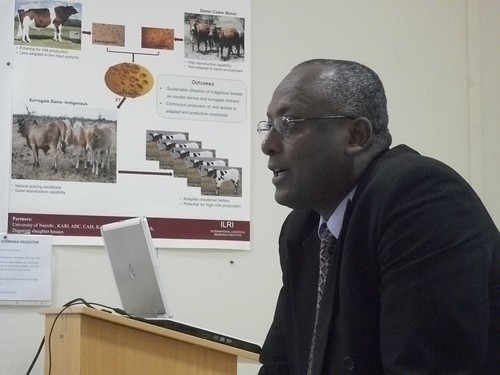


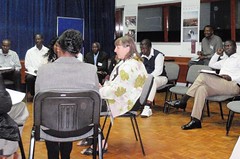
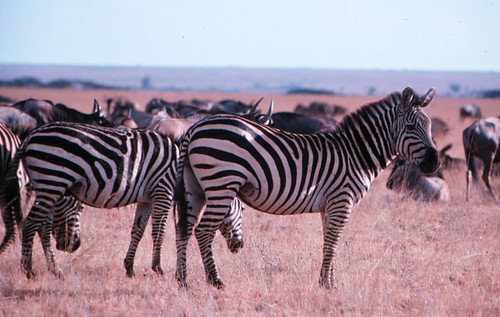
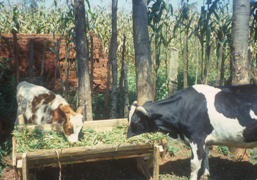 Also called elephant grass, Napier grass is planted on farms across East Africa as a source of feed for dairy cows. Farmers cut the grass for their livestock, carrying it home for stall feeding.
Also called elephant grass, Napier grass is planted on farms across East Africa as a source of feed for dairy cows. Farmers cut the grass for their livestock, carrying it home for stall feeding.